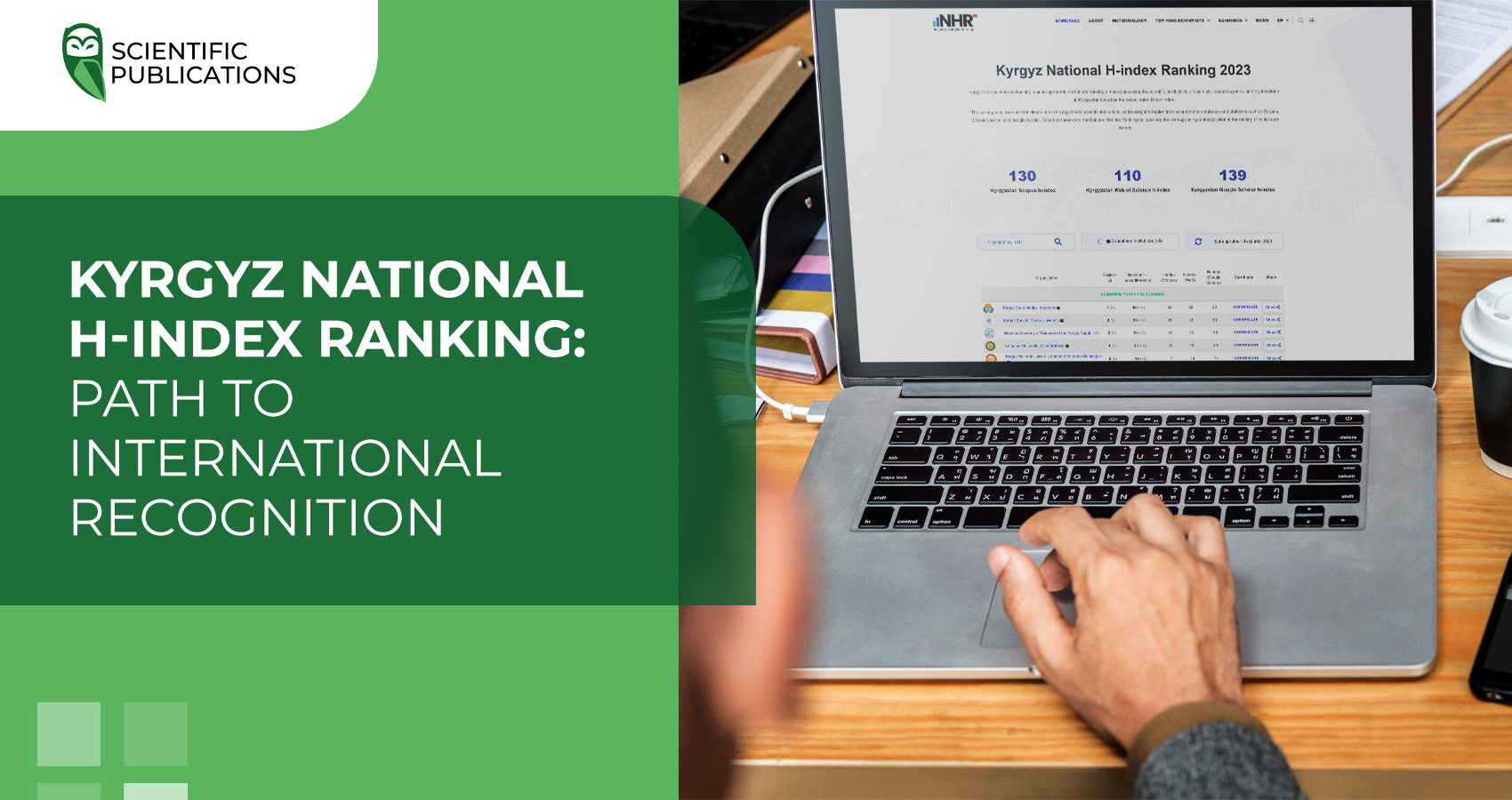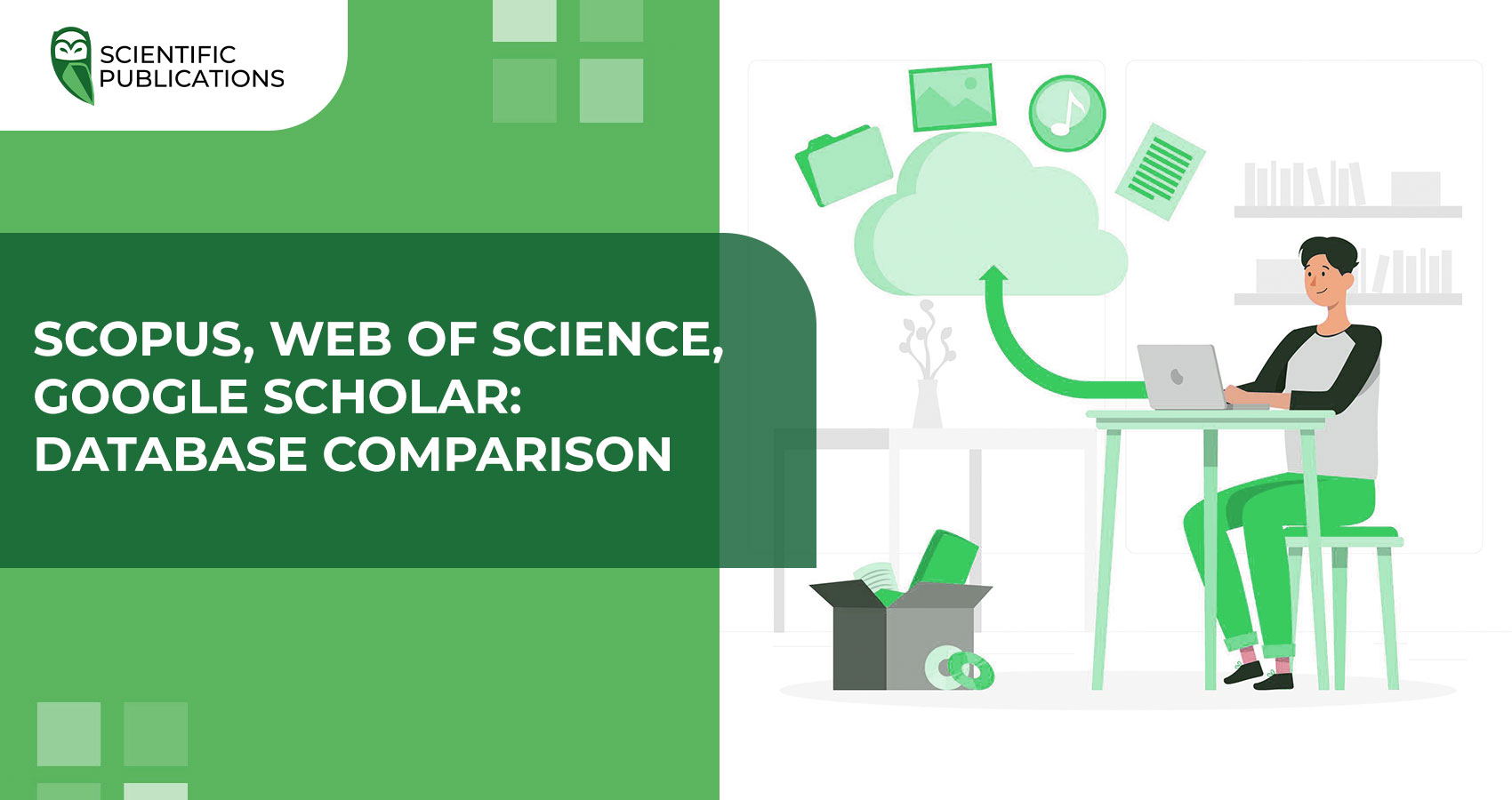There is a longstanding debate in the world of scientific research as to whether Open Access or Closed Access models of publication should be used. This issue has significant implications for scientists, publishers, and society at large. Let's look at the pros and cons of each of these models and how they affect researchers.

|
Open Access |
Closed Access |
|
A model of scholarly publishing that makes scholarly articles available to everyone on the Internet. In this model, authors pay a publication fee and then the article is made available to all readers for free. |
The traditional model of scientific publishing, where articles are available only to those who have a paid subscription to the journal. |
Types of Open Access
There are several main types of Open Access that define how scientific articles are open accessed:
- Gold Open Access ("Gold Access"): In this option, scientific articles are published in open access journals that provide full free access to their content to readers without the need for subscriptions or fees. Authors often pay publication fees to publish their articles in such journals, and this funding is used to support the peer review and publication process.
- Hybrid Gold: This is an option where open access is only available for selected articles in subscription journals. Authors can pay additional publication fees to publish their open access articles already in an existing subscription journal.
- Green Open Access ("Green Access"): In this option, authors place their research papers in open archives or other repositories after they have been published in traditional, subscription journals. This allows authors to share their research with the community, regardless of access to subscription journals. There are two subspecies of Green OA:
- Published version (Published): An already edited and published journal article is uploaded to the repository.
- Accepted version (Accepted): Uploads a version of an article that has been approved by the journal for publication but has not yet gone through final editing and layout.
- Bronze Open Access ("Bronze Access"): Authors publish articles in traditional subscription journals, but also post them on their own websites or repositories. Access to articles can be free or paid.
- Diamond (platinum) access: A relatively rare model in which neither authors nor publishers pay anything for publication. This model is appropriate for universities that absorb the cost of publication within the existing budget and mission of the university.
Comparative Characterization: Open Access vs Closed Access
|
Characterization |
Open access |
Closed access |
|
Publication |
Available for reading and downloading free of charge to all users on the Internet. |
Access is limited, most often only subscribers or institutional users have access to the full text. |
|
Cost |
Authors may pay to publish (open access fees) or articles may be paid for by the institution or grantor. |
Access to articles is usually covered by a subscription or access fee to a particular journal. |
|
Licensing |
Creative Commons licenses are often used, allowing free use and distribution subject to attribution of authorship. |
Most often articles are licensed for limited use, not allowing free distribution. |
|
Copyrights |
Authors often retain full copyright to their work. |
The journal usually requires a transfer of publication rights by the author at the time of article submission. |
|
Searching and archiving |
Articles are searchable through various databases and search engines. |
Search and access may be limited to those who have access to the journal or its databases. |
|
Benefits |
Increases accessibility and dissemination of scientific information, increases citations, promotes innovation and collaboration. |
Provides a stable source of income for publishers, provides exclusive access for subscribers. |
|
Disadvantages |
May require additional financial outlay from authors or their institutions. |
Limits the availability of information to those who do not have access to subscriptions. |
Which to choose?
Deciding whether to publish an open-access or closed-access article depends on your priorities.
Here are a few factors to consider:
- Your audience: Who do you want your article to be accessible to?
- Your discipline: Open access is more common in some disciplines than others.
- Your grant requirements: Does your grantmaker require open access publishing?
- Your budget:Can you afford to pay the open access publication fee?
- Scientific Metrics:Do you consider publishing as a boost to your ranking?
If you need publication in international open access or closed access journals, contact Scientific Publications.
Scientific Publications is an international company that is a leader in the field of scientific consulting and scientometrics. We are a reliable partner for scientists who want to enhance their scientific reputation and publish their research results in leading scientific journals.





